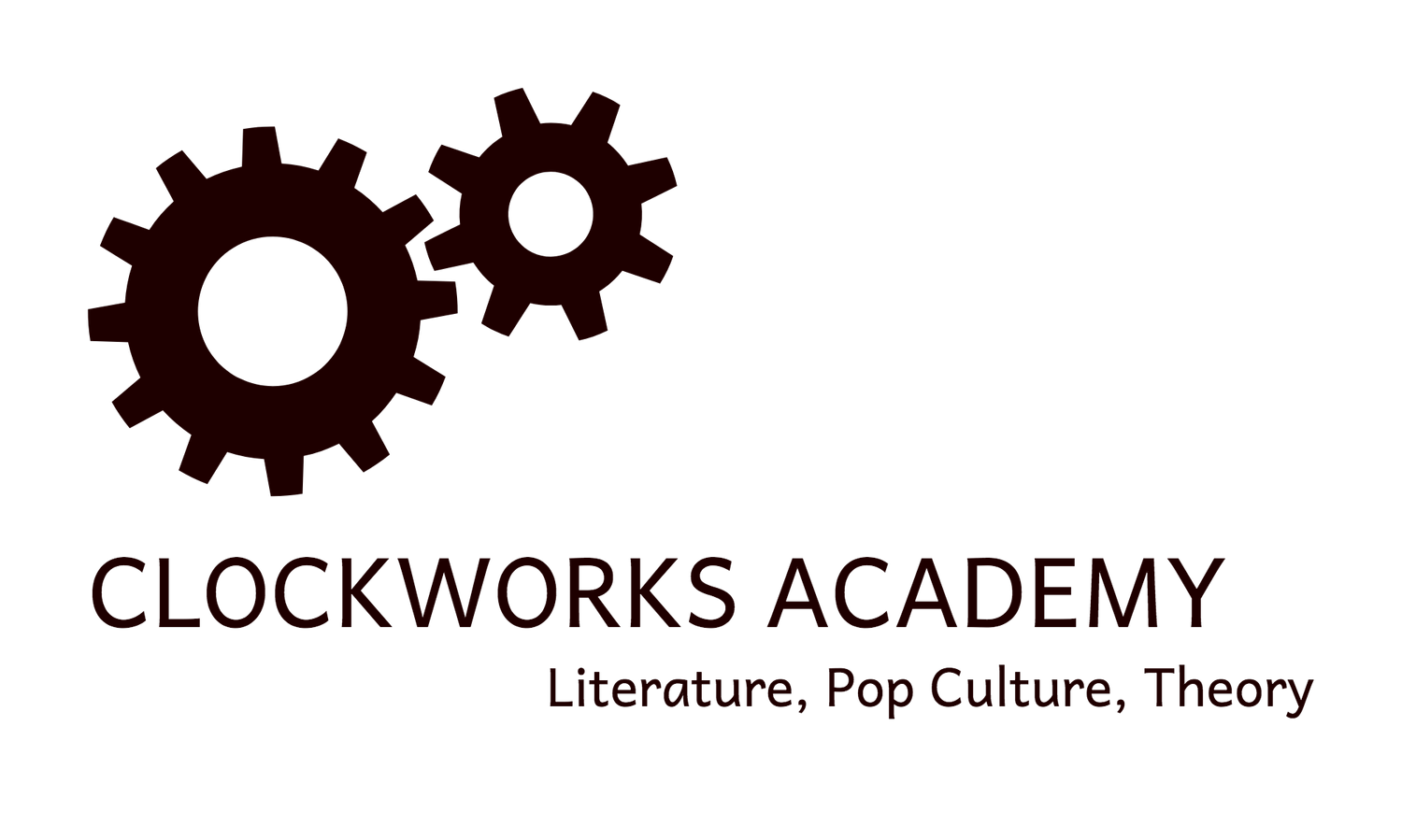Dracula and Epistolary Form
Bram Stoker’s Dracula is written in epistolary form. In simple terms that means that it is written as a collection of letters. Dracula does not have a single narrator, but is instead presented with an imaginary frame narrative as documentary fiction. This means that part of the fiction is the existence of the various documents that make up the text. We are invited to believe, or to pretend to believe, that the documents are real, that they exist in the real world, and that the story is therefore also real.
In the case of Dracula most (though not all) of these documents are journal or diary entries. If we were going to be very strict about it, we might argue that Dracula isn’t actually written in the epistolary form, since strictly speaking epistolary means letters, and Dracula only includes a few letters. But some might argue that journal and diary entries are really letters to oneself in the future.
Some adaptations of Dracula adapt the form as well. The recent BBC miniseries Dracula , written by Mark Gatiss and Steven Moffat uses a frame narrative in the first two episodes that fulfills some of the same functions as the diary entries in the book.
Poster for the BBC/Netflix Dracula, which incorporates parts of the epistolary form
Dracula is written as an epistolary, but it’s not the only famous monster book to be written that way. Perhaps the only other book in English to equal Dracula as a monster text is Mary Shelley’s Frankenstein, which is also an epistolary, though like Dracula it is not a strict one. R. L. Stevenson’s Dr. Jekyll and Mr. Hyde is also a pseudo-epistolary, since the second half (or so) of the book is a journal entry written by Dr. Jekyll.
Why are monster books—horror books—so likely to be written in the epistolary form? I’ll address that in another article soon, or for a fuller answer register for one of my courses here at Clockworks Academy! You can take a full eight-week course on Dracula, or one on Frankenstein, Werewolves, or Beowulf. And there’s more coming soon!


Bram Stoker’s Dracula is both a compelling story and a microcosm of Victorian fixations, hangups, obsessions, anxieties. Dracula has stalked the imagination of both literary and popular culture since its publication in 1897, as attested by its enduring popularity and the scores of adaptations that have been made since. Come read this novel with me, and discover both what is so seductive and what is so repulsive about Dracula.